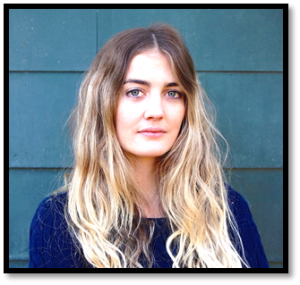The Mathematical Neuro-Oncology Research Lab Presents

Kathleen (Kit) Curtius
NSF Research Fellow
Department of Applied Mathematics
University of Washington
Fred Hutchinson Cancer Research Center
How long has that been there?
Multi-scale modeling of Barrett’s Esophagus
Thursday, December 11th, 2014
12:00 pm – 1:00 pm
Arkes Pavilion,
676 n. Saint Clair St. Suite 1300
Mathematical Neuro-Oncology Lab
Although the development of Barrett’s esophagus (BE) is considered an important first step in the progression to esophageal adenocarcinoma (EAC), BE is asymptomatic – so the duration of time a patient has harbored BE is generally not known when she/he is first diagnosed. This is particularly unfortunate because the duration that BE has been present in a patient correlates strongly with the risk of BE transforming into EAC. Recently identified clock-CpGs allow a novel characterization of a tissue in terms of its biological age, and these markers are used to show accelerated tissue aging in a variety of tumors. We seek markers of differential epigenetic drift from genome-wide DNA-methylation array data from BE patients in order to predict BE tissue age. We then estimate individual-level BE onset times and the subsequent risk of progressing to dysplasia and EAC using a mathematical model. This work translates DNA-methylation “footprints” of tissue-aging into “time” information to estimate important time scales in the step-wise progression to dysplasia and cancer in BE patients.
